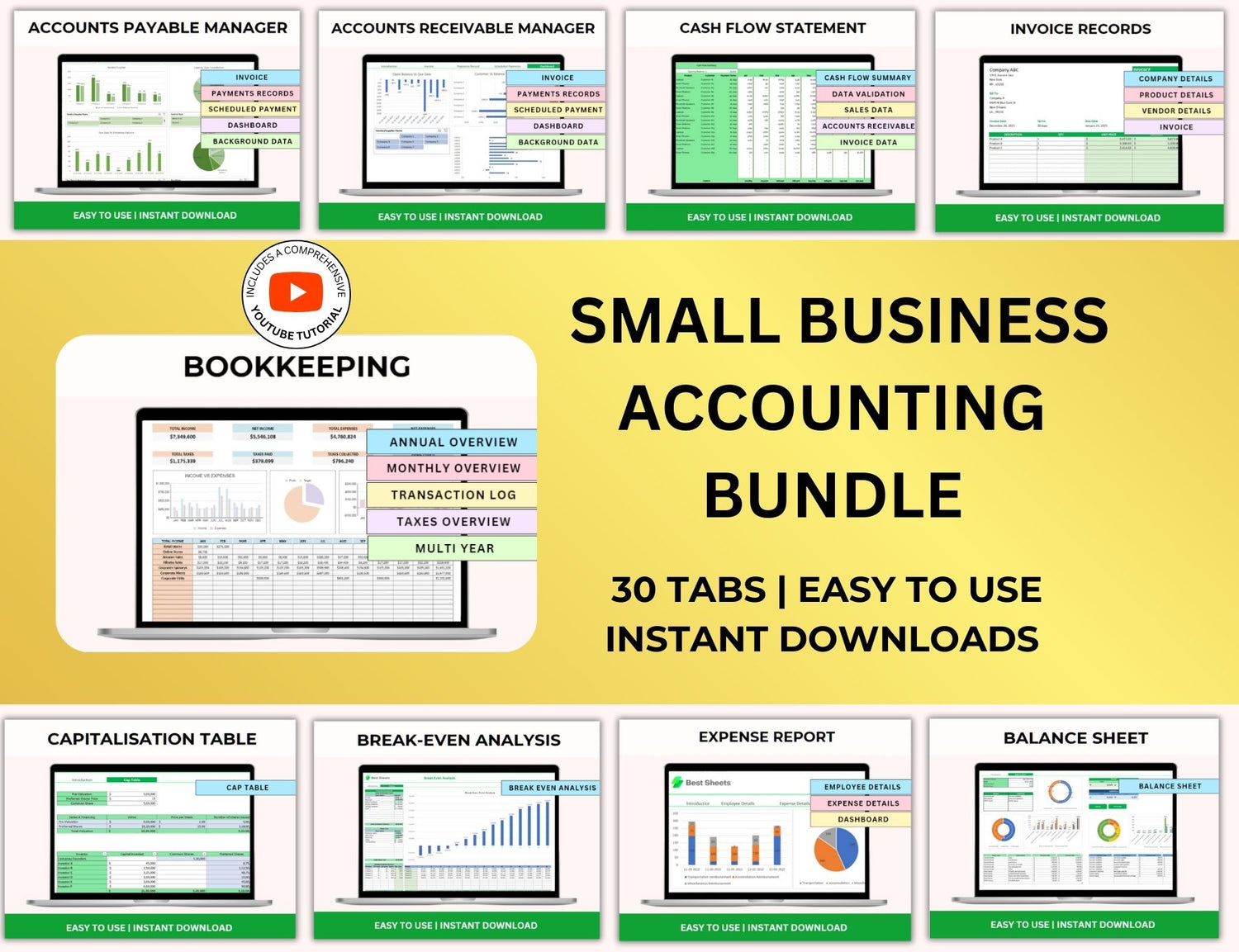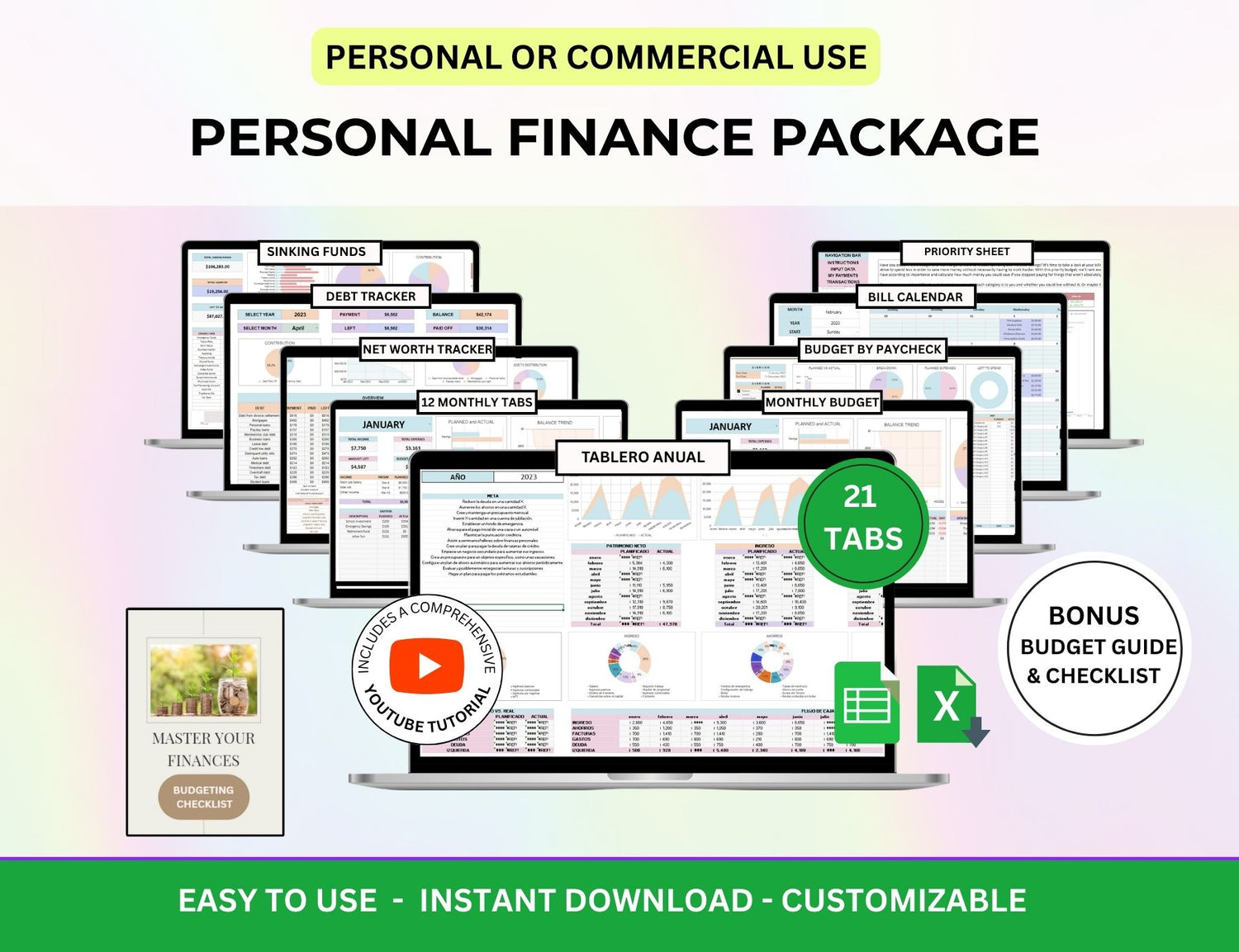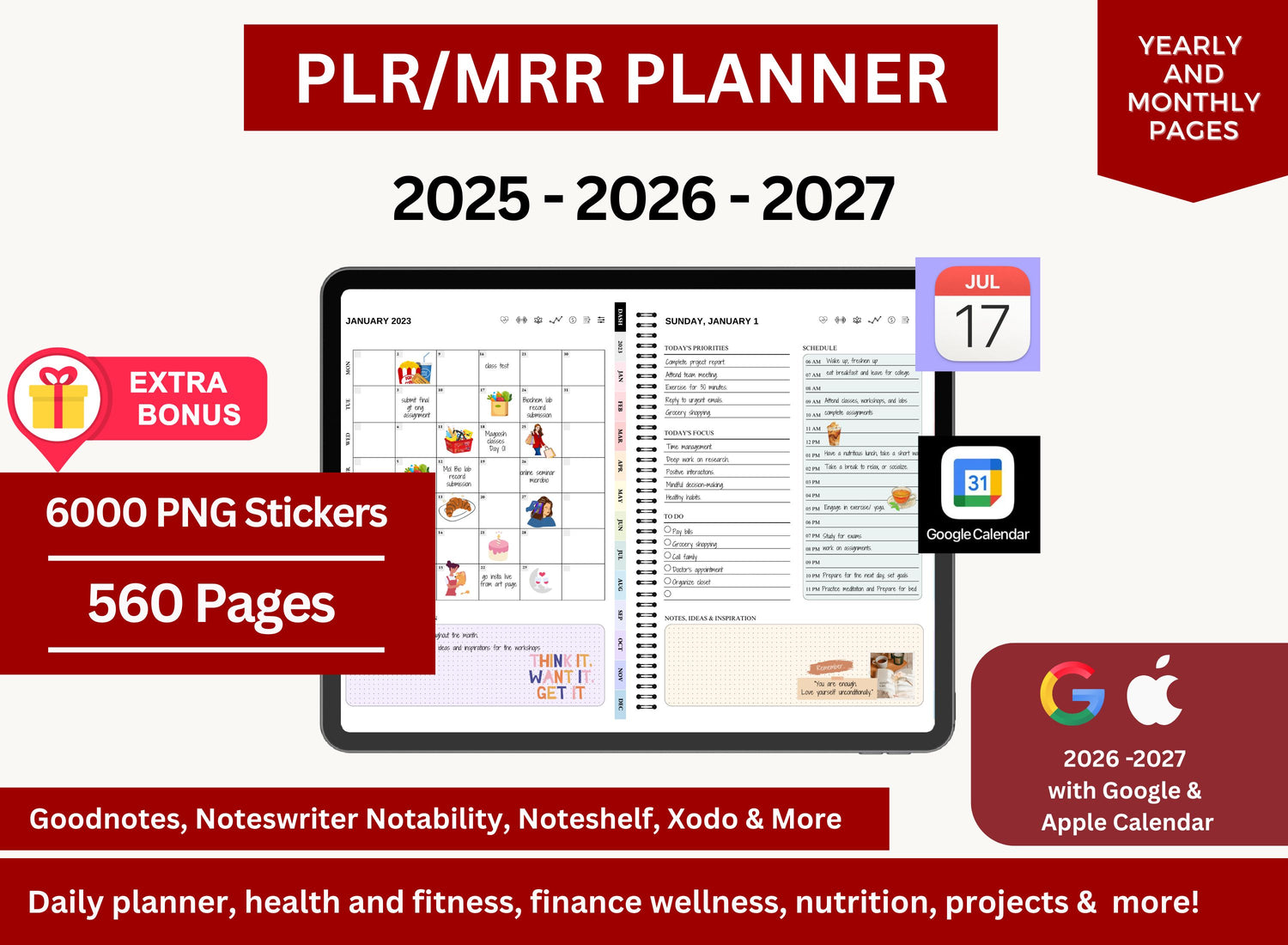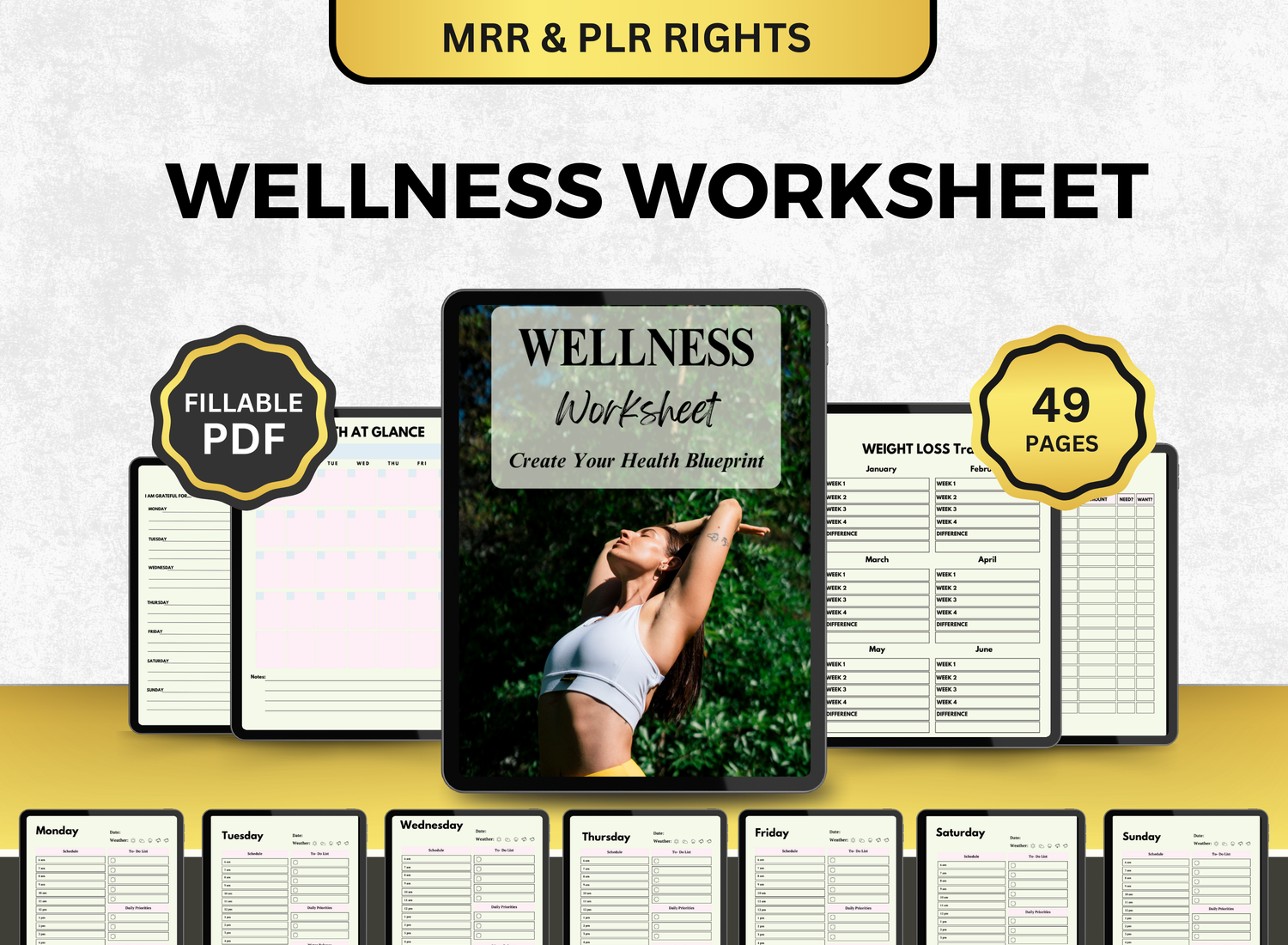How to Create a Monthly Budget in Excel
Achieving financial freedom and stability requires excellent money management, and in today’s world, simply monitoring your money is not enough. In comes your new financial best friend, a monthly budget not only assists you in tracking your income and expenses, it also acts as a data sheet or reference material once you record your daily expenditures. Information like that can help you think of a better game plan for the next month to achieve the financial stability you wish for. And in modern times, we have digital tools that allow us to access these documents anywhere and anytime like MS Excel!
If you’re looking for a guide with tips and tricks in creating your own template, look no further! This article is a step-by-step “How To” on how to make your very own, custom monthly financial spreadsheet in Excel—a guide so easy anyone regardless of skill level can totally follow! To make sure you get the most out of your budget, we will also go over typical budgeting advice and address commonly asked questions (FAQs).
Why Use a Monthly Budget Spreadsheet in Excel?📆
An excellent tool for anyone looking to take charge of their finances is a monthly budget spreadsheet. With a monthly budget tracker, you are able to:

- Track your income and expenses to see both where your money is coming from and where it’s going.
- Stay on top of bills with a document that specifies every due date and the amount you must set aside.
- Set and track financial goals
- Adjust your spending as this tracker can act like your very own data sheet of your spending habits.
🎨Step-by-Step Guide to Creating a Monthly Budget Template in Excel
Step 1: Set Up Your Excel Workbook
Start by opening a new worksheet in Microsoft Excel. Name it something like "Monthly Budget Tracker" or "Budget Spreadsheet" to make it easy to find and understand.
Tips:
- Save the workbook regularly to avoid losing any data.
- Use cloud storage like OneDrive or Google Drive for easy access and backup.
Step 2: Design Your Budget Layout
The next step is to create the monthly budget spreadsheet's layout. A neat and organized layout facilitates comprehension and usage. The following is a basic template framework that you can use:
Step 3: Categorize Your Income and Expenses
Income Section:
Start by listing all sources of income you receive on a monthly basis. Common income categories include:
- Salary/Wages
- Freelance or side income
- Investment income
- Other sources of income
Enter the anticipated earnings for each category for the present month in the Budgeted Amount column. As the month goes forward, you will fill in the Actual Amount column, so leave it empty for now.
Expense Section:
Create two main expense categories: Fixed Expenses and Variable Expenses.
-
Fixed Expenses: These are regular monthly expenses that do not change, such as:
- Rent or mortgage
- Utilities (electricity, water, etc.)
- Insurance
- Loan payments
-
Variable Expenses: These are expenses that can vary from month to month, including:
- Groceries
- Transportation (fuel, public transport)
- Entertainment
- Dining out
Step 4: Add Savings & Investments
In the Savings & Investments section, you will track any contributions to savings or investment accounts. For example:
- Emergency Fund
- Retirement Fund (e.g., 401(k), IRA)
- College Fund
- If applicable, include any other long-term savings goals you are working towards.
Step 5: Calculate the Difference
Let's now include the formula for determining the difference between each category's budgeted and actual amounts.
To calculate the difference, use the following formula:
= (Budgeted Amount) - (Actual Amount)
To automatically determine if you are over or under budget for each category, use this formula in Excel's Difference column.
Step 6: Create a Summary Section
In your personal monthly budget tracker, you can add a section that emphasizes and highlights all Totals. By doing this, you may determine whether you are living within your means.
Here’s how you can structure the totals:
- Total Income: Sum of all your income categories.
- Total Expenses: Sum of all your fixed and variable expenses.
- Total Savings/Investments: Sum of all savings-related contributions.
- Remaining Balance: This is the key figure that tells you whether you’re on track with your budget. Calculate it using the formula:
Remaining Balance = Total Income - (Total Expenses + Total Savings)
Step 7: Use Excel Formulas to Automate Calculations
Excel is designed to automate calculations, so take advantage of its built-in functions to simplify your budget. Here are some key formulas you can use:
-
SUM(): To add up totals for income, expenses, and savings.
- Example: =SUM(B2:B6) to sum all income categories.
- Example: =SUM(B2:B6) to sum all income categories.
-
IF(): To track if you're over or under budget.
- Example: =IF(D2 > C2, "Over Budget", "On Budget") will display "Over Budget" if the actual amount exceeds the budgeted amount.
- Example: =IF(D2 > C2, "Over Budget", "On Budget") will display "Over Budget" if the actual amount exceeds the budgeted amount.
-
Conditional Formatting: Users can use this to emphasize the categories that you are overspending in.
- Example: Select the cells in the Difference column, go to Home → Conditional Formatting → New Rule, and apply your conditions.
- Example: Select the cells in the Difference column, go to Home → Conditional Formatting → New Rule, and apply your conditions.
Step 8: Customize the Template for Your Needs
You can customize your monthly budget tracker template by:

- Adding more specific categories (e.g., debt payments, subscriptions, hobbies).
- Using charts and graphs to visualize your income and expenses. Create a pie chart or bar graph to display your spending distribution.
To create a simple pie chart:
- Select your data (e.g., expense categories and amounts).
- Go to Insert → Chart and choose a pie chart for easy visual tracking.
Step 9: Save and Update Regularly
Keeping your spreadsheet up to date is the most crucial aspect of budget management. Record your Actual Amount in the Excel file when you incur costs and make payments. To keep your money under control, make sure to examine your budget on a frequent basis.
Step 10: Share and Collaborate (Optional)
Using digital tools like Google Drive or OneDrive, you may easily collaborate on managing your household's money as a pair by sharing your monthly budget Excel template. Everyone is kept up to date by allowing many users to access the file and amend their individual expenses.
📱Excel -Related Queries on Monthly Budgets!
1. How to do a monthly budget in Excel?
╰┈➤ˎˊ˗ Your income and expenses should be arranged in an understandable and straightforward manner before you begin creating a monthly budget spreadsheet in Excel. The first step is to start a new Excel spreadsheet and make columns for income, savings/investments, fixed expenses, and variable expenses. Put all of your monthly revenue sources (such as salaries, freelancing jobs, etc.) under income. Divide costs into fixed (such rent and utilities) and variable (like groceries and entertainment). Once you have the totals for each category, you can compare them to your income through the many formulas and options available in Excel.
For a more in-depth guide, check out this “How To” article that gets to the nitty gritty in making a budget planner!
2. What is the 50/30/20 budget rule in Excel?
╰┈➤ˎˊ˗ This is an approach that states 50% is set aside from your income for needs, 30% for wants, and 20% for loans and savings. These percentages can be computed automatically by creating a budget template in Excel. You can do this through taking your total income and using a formula to calculate each percentage in the next cells and placing the resulting amounts near each category it is for (i.e., fixed expenses, variable expenses, savings, etc.).
3. How do I calculate my monthly budget?
╰┈➤ˎˊ˗ The very first step you should be doing is listing and compiling all the sources you have in earning money—from your regular wages to your freelance work, all of this must be listed. The next is organizing your spendings; determine which expenses are constant and regular, and which ones vary from month-to-month. This will help you in determining how much money you must set aside each month. Next you must establish any saving goals you might have and take note of any loan payments you have. Once you have all of this information listed down, you can use this article as your guide in inputting these data into an Excel spreadsheet!
4. What is the best monthly budget rule?
╰┈➤ˎˊ˗ The ideal monthly budget rule will vary depending on your financial condition and aspirations. However, one of the most popular ones is the 50/30/20 rule. This is mostly because it still allows individuals to indulge themselves in what they want but also allows them to prioritize their necessities. It also puts a specific emphasis on setting aside money—acting as a good basic structure for any budgeting plan that can be customised and adjusted according to one’s preference.
🔎Frequently Asked Questions (FAQs)
1. How often should I update my budget spreadsheet?
╰┈➤ˎˊ˗ Your monthly budget tracker should ideally be updated at least once every week. This will guarantee that you monitor any unforeseen costs and make the required corrections before the month's end.
2. Can I use this budget template for multiple months?
╰┈➤ˎˊ˗ Indeed! For every new month, you can make a copy of your monthly budget Excel template. Just add an additional tab in your document, paste your format, and rename it to the current month. This can actually help you in the long run as it creates a central document in documenting your financial progress.
3. How do I handle irregular income or expenses?
╰┈➤ˎˊ˗ We would like to suggest a few things for both of these concerns. First, unexpected expenses cannot be avoided so it's best that, regardless of circumstances, everyone must prepare for it. You can do this through the establishment of a “Sinking Fund” or create a specific category for it in your savings; this makes sure you have money set aside for those times and it does not affect your finances.
For sporadic income, on the other hand, we highly recommend simply specifying this in your Income category and/or creating its own special category that doesn’t automatically add it to your monthly budget.
4. Can I add debt payments to my budget?
╰┈➤ˎˊ˗ Yes, you can make a distinct category for debt repayment or include payments for loans under Fixed Expenses. Add the monthly payment amount and see how you are doing as you reduce the debt.
5. What should I do if I overspend in one category?
╰┈➤ˎˊ˗ Don’t feel ashamed when this happens! You can simply adjust other areas in your budget to amend this. However, to make sure this doesn’t happen again, we recommend adding automations to your budget planner that tells you specifically when you are overspending or close to going over your budget!
6. How do I set savings goals in my budget?
╰┈➤ˎˊ˗ Establish clear savings objectives for every area (e.g., emergency fund, your pension, vacation). For every objective, set aside a certain amount each month, and monitor it just like you would any other budgetary expense. Additionally, the Savings & Investments area allows you to track your development toward these objectives.
One effective strategy to take charge of your money is to create a monthly budget spreadsheet in Excel. The procedures described in this tutorial will help you create a monthly budget tracker that suits your requirements and financial objectives.
Through Excel’s assistance, updating your monthly budget planner can now happen with ease and without hassle that could stop you from regular updating! So whether you are striving for a brand new car, to finally pay off your student loan debt, or to just achieve a sense of financial stability, a comprehensive monthly budget planner is a need!















